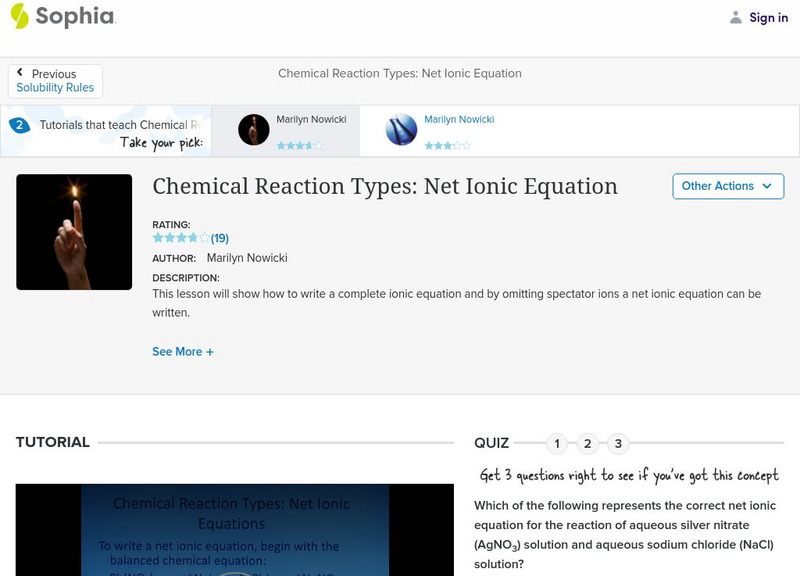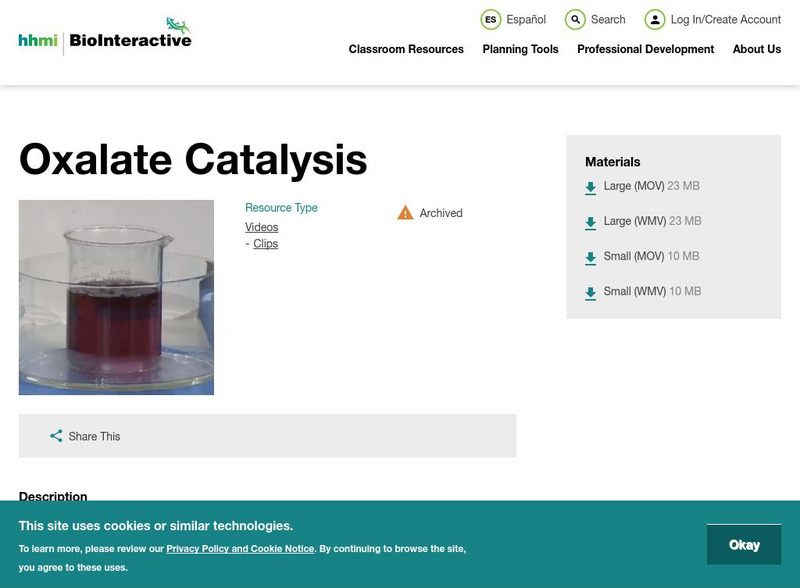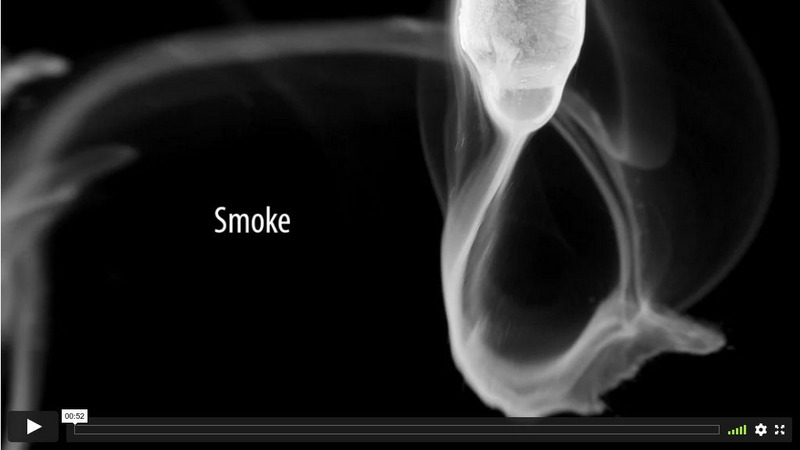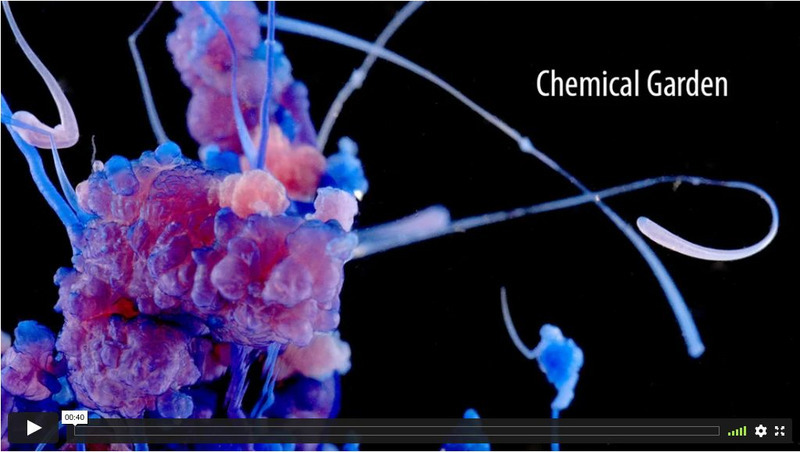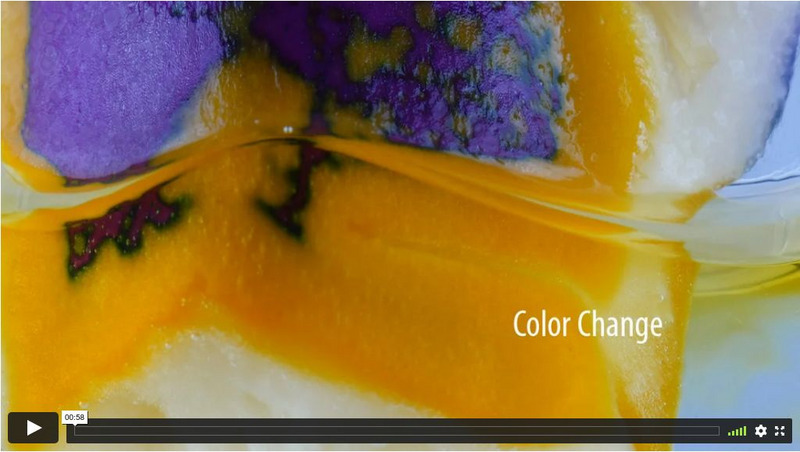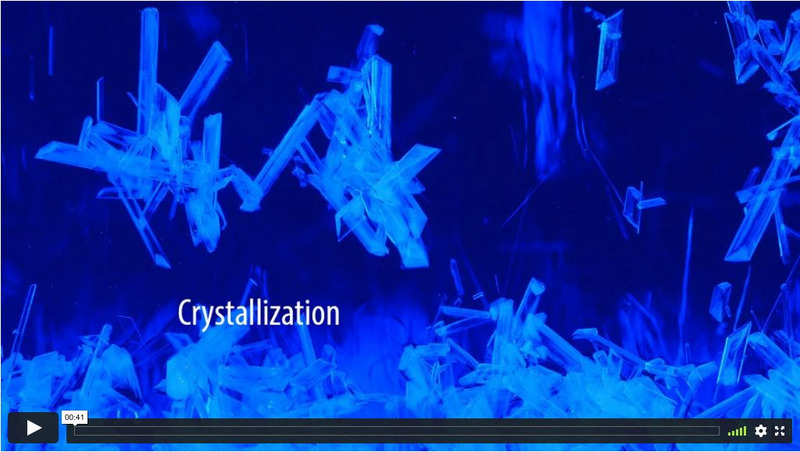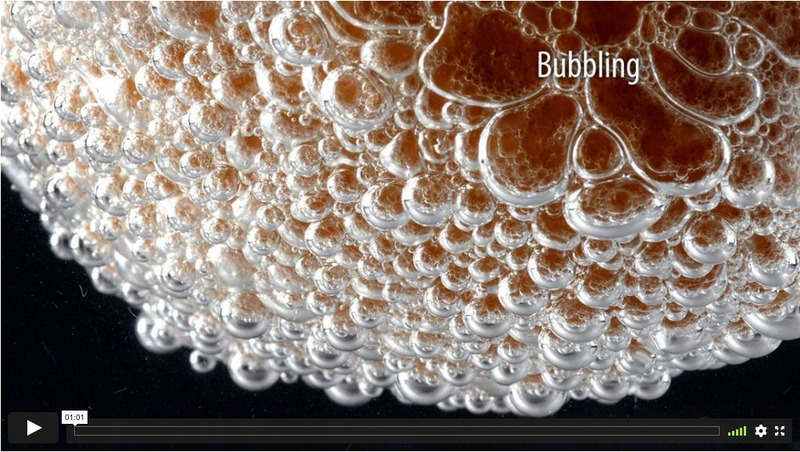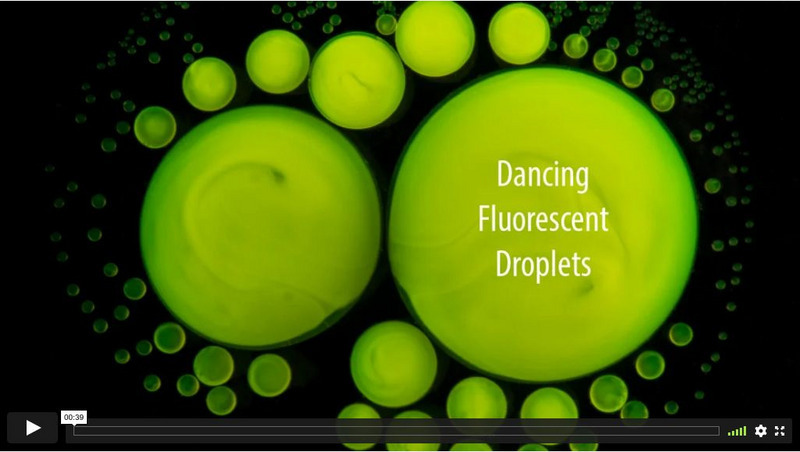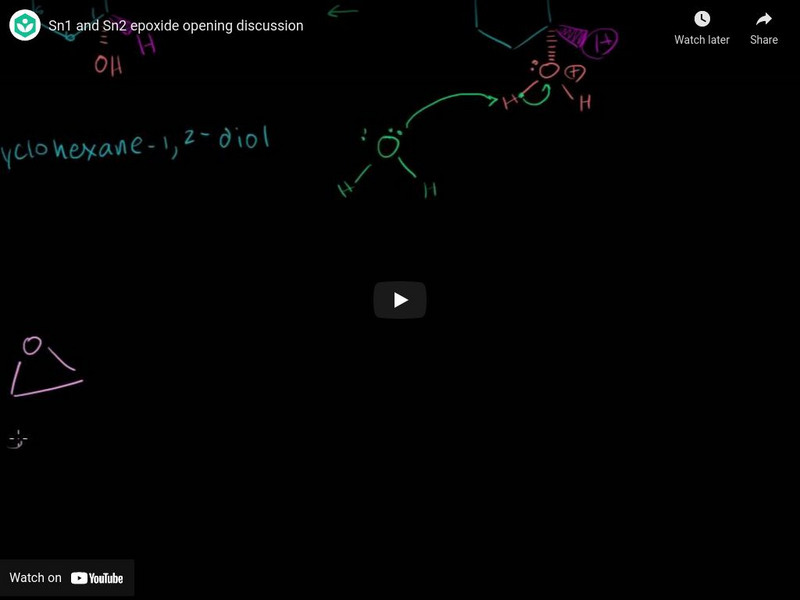Hi, what do you want to do?
Curated Video
Quantum Physics of Chemical Energy: Endothermic & Exothermic Reactions
SUMMARY In this video, I show Why Some Reactions EXPLODE and Others COOL: Root Cause of Chemical EnergyI I show how the chemistry behind endothermic and exothermic reactions can be traced to the underlying quantum physics. When molecules...
Curated Video
What are the different types of chemical reactions?
In this video, I'm going to show you a simple way to identify the type of chemical reaction that is happening in a given situation. This will help you to understand the process more easily and to carry out the reaction in a more accurate...
Massachusetts Institute of Technology
Mit: Blossoms: Recognizing Chemical Reactions
An interactive video lesson where students first determine misconceptions about what happens during chemical reactions, and then investigate some various chemical reactions.
Sophia Learning
Sophia: Chemical Reaction Types: Net Ionic Equation: Lesson 2
This lesson will show how to write a complete ionic equation and by omitting spectator ions a net ionic equation can be written. It is 2 of 2 in the series titled "Chemical Reaction Types: Net Ionic Equation."
Howard Hughes Medical Institute
Hhmi: Bio Interactive: Oxalate Catalysis
Chemical reactions involving oxalate catalysis. Video.
Science Friday Initiative
Science Friday: Computer of Bubbles
Bubbles can do computations, says Stanford professor Manu Prakash. Just like electrons running through wires in your computer, Prakash and Neil Gershenfeld, of MIT, directed bubbles through tiny etched tubes and showed basic computations...
Beautiful Chemistry
Vimeo: Beautiful Chemistry: Beautiful Reactions: Smoke
We showed 3 different kinds of smoke in this video: the black smoke of candle soot darkening a sheet of transparent glass, the smoke from incense burning, and the ammonium chloride smoke formed when hydrogen chloride gas and ammonia gas...
Beautiful Chemistry
Vimeo: Beautiful Chemistry: Beautiful Reactions: Chemical Garden
This is our take of a popular chemical experiment showing the wonder of chemistry. The reaction occurred when a piece of metal salt was dropped in water glass. The salt began to grow and generate many interesting forms due to the...
Beautiful Chemistry
Vimeo: Beautiful Chemistry: Beautiful Reactions: Color Change
The molecules inside some plants giving them vibrant colors can change to other colors under acid and base conditions. What we show here is color change of purple cabbage and a flower named Teornia fournieri in sodium hydroxide and...
Beautiful Chemistry
Vimeo: Beautiful Chemistry: Beautiful Reactions: Crystallization
Crystals are beautiful, both externally at the macroscopic level and internally at the atomic level. The same is true for the process of crystallization, which is the formation and growth of crystals. This video shows the crystallization...
Beautiful Chemistry
Vimeo: Beautiful Chemistry: Beautiful Reactions: Bubbling
Many chemical reactions generate gases. In solution, gases escape as bubbles. Here we show four bubbling reactions. The last one is the electrolysis of sodium hydroxide (NaOH) aqueous solution. [1:01]
Beautiful Chemistry
Vimeo: Beautiful Chemistry: Beautiful Reactions: Dancing Fluorescent Droplets
We mixed the oily chemicals inside fluorescent sticks, then added sodium hydroxide (NaOH) solution to the mixture, which was inspired by Mr. Theodore Gray's Mad Science 2. What we got was something interesting: colorful fluorescent...
Khan Academy
Khan Academy: Sn1 vs Sn2: Solvent Effects on Sn1 and Sn2 Reactions
Reviews SN1 and SN2 reactions and compares how they are affected by different solvents.
Khan Academy
Khan Academy: Sn1 and Sn2 Epoxide Opening Discussion
Video lecture presents Sn1 and Sn2 epoxide opening discussion. [7:59]
Khan Academy
Khan Academy: Sn1/sn2/e1/e2: Comparing E2 E1 Sn2 Sn1 Reactions
Looks at what type of reaction might occur if we have Bromocyclopentane dissolved in Dimethylformamide (DMF), with Methoxide ion in the solution. It could be an E2, E1, SN2, or SN1 reaction, and we look for clues to see which type is...
Khan Academy
Khan Academy: Elimination Reactions: Zaitsev's Rule
Explains Zaitsev's Rule for E2 and E1 elimination reactions. [13:29]
Khan Academy
Khan Academy: Reactions of Ketones: Aldol Reaction
Introduces the mechanism called the Aldol Reaction, one of the most important reactions in organic chemistry because it is a powerful way to create a carbon-carbon bond. [11:40]
Khan Academy
Khan Academy: Free Radical Reaction: Free Radical Reactions
Looks at what would happen in a reaction if free radicals are present. [13:45]
Khan Academy
Khan Academy: Sn1/sn2/e1/e2: E2 E1 Sn2 Sn1 Reactions Example 3
Video lecture explores E2 E1 Sn2 Sn1 Reactions. Example 3. [13:18]
Khan Academy
Khan Academy: Ring Opening Reactions of Epoxides: Acid Catalyzed
Video lecture explores ring-opening reactions of epoxides when everything is acid-catalyzed. [8:41]
Khan Academy
Khan Academy: Reactions of Alcohols: Biological Redox Reactions
This video looks at the biological redox reactions of alcohols and phenols. [9:46]
Khan Academy
Khan Academy: Elimination Reactions: E1 Reactions
Explains what happens in E1 elimination reactions. [9:21]
Khan Academy
Khan Academy: Sn1/sn2/e1/e2: E2 E1 Sn2 Sn1 Reactions Example 2
A second example that looks at what type of reaction we might have - E2, E1, SN2, or SN1 - given certain ingredients. [3:06]
Khan Academy
Khan Academy: E1 and E2 Reactions: E2 Elimination: Regioselectivity
This video looks at bases and how to control the regioselectivity in an E2 elimination reaction. [8:13]







